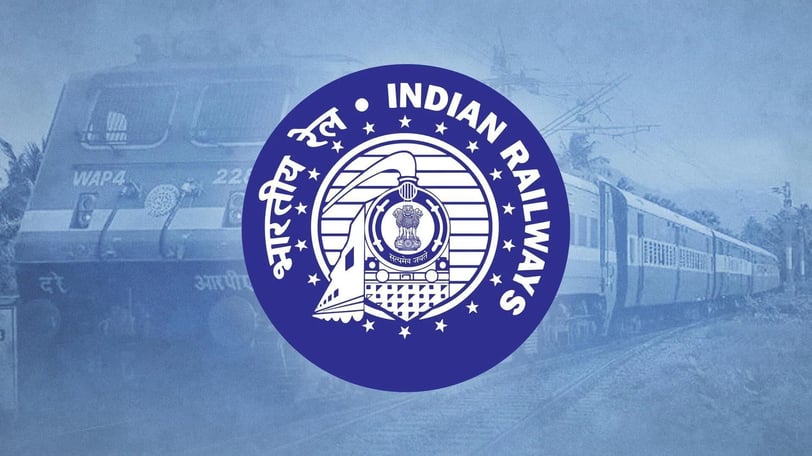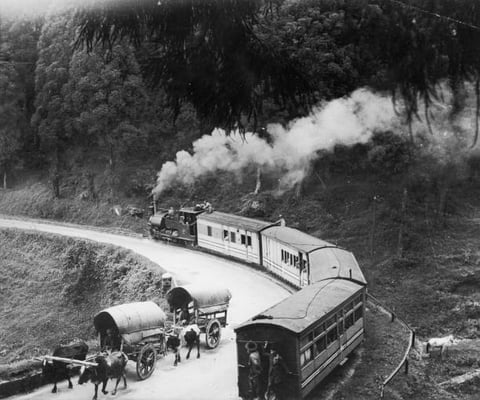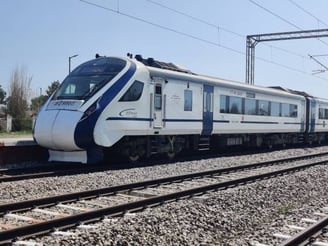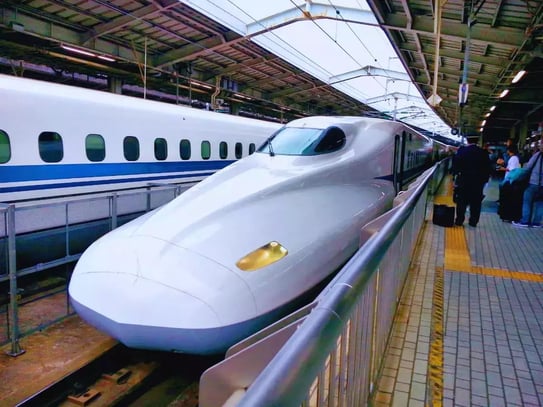HIGH SPEED RAILWAYS IN INDIA
CURRENT AFFAIRS
Ashwin Sundaresh
1/8/20253 min read


The travel industry has picked up massively since COVID and with growing demand for connectivity, the Indian railways has played a massive role in transportation. But the congestion and the lack of comfort in the trains meant that a section of people have gravitated towards flights, given the increased domestic connectivity. The downside to air connectivity is that it’s not affordable and less accessible to all sections. To solve this, the Indian Railways are working towards a high-speed rail system where the travelers not only experience comfort and convenience but is also lighter to everyone’s pocket. Let us look at how the dream of high-speed railway network in India evolved over the years


History:
The Indian railway has a history of close to two centuries when it ran its first passenger train in 1853 between Mumbai and Thane. These trains mostly ran using steam locomotives and barely touched 90 km/hr mark. After independence in 1947, the diesel locomotives (WP Class) were introduced which could reach speeds of 130 km/hr. This paved way for Rajdhani express between New Delhi and Howrah in 1969. The electric locomotives were developed in parallel but was only used to full effect in the 1980s when Shatabdi Express was proposed. This paved way for some of the major cities to get connected by trains with speed of 130 km/hr.
Successive governments proposed faster rail connectivity through corridors for faster connectivity and to develop tourism hubs. The High-Speed Rail Corporation (HSRC) under Rail Vikas Nigam was established by the Government of India in this regard.


Vande Bharat:
The development of WAP-5 locomotives (Electric) meant that speeds of 200 km per hour were achieved. Gatimaan Express which operates between Delhi and Jhansi became the fastest commercial train in 2016 with achieved speeds of 160 km/hr. Two years later, the Integral Coach Factory in Chennai developed a semi-high-speed EMU set which was capable of operating at 180 km per hour. This made way for the introduction of Vande Bharat trains in February 2019 which connected New Delhi and Varanasi. Despite boasting a max speed of 180 kmph, most trains operate in the range of 130-140 kmph due to track limitations. As of January 2025, 66 Vande Bharat trains are in service across the country.


Diamond Quadrilateral and Bullet Trains:
Similar to the Golden quadrilateral, the Diamond Quadrilateral was envisaged to connect the four major cities of India through high-speed rail network. This network passes through 10+ states of the country and is set to connect some of the major cities. The HSRC which was renamed as National High Speed Rail Corporation in 2016, took up the task of identifying eight corridors in the country for the development of this modern rail network.
The high-speed train/bullet train developed on Mumbai-Ahmedabad section is pipped to be the first corridor in India and is set to operate in the next three years. To facilitate this, a standard gauge spanning 508 kms is under construction. In addition to this, track upgrades have been done in 12 other routes to handle semi-high speed trains.
The Bullet train is developed under PPP model with the Japanese counterparts aiding us by setting up manufacturing facilities in India. This enables us to build all the parts of the bullet train indigenously. To further enhance construction, the L&T which is currently constructing the line was successfully able to build Mega carrier and Launcher machines. This meant that India joined an elite list of countries possessing Full Span Launching Methodology.
Apart from bullet trains, a rapid rail system called RapidX has also been given nod which helps train run at speeds of 180 kmph which is standard gauge in nature. The first of its kind ran between Delhi and Meerut in 2023 with nine other lines waiting to be approved.
Conclusion:
A revolutionary chapter in India's transportation history has begun with the construction of high-speed rail. It represents a leap toward efficient, sustainable, and futuristic infrastructure in addition to speedier transport. It promises to reduce environmental impact and bridge distances like never before by promoting regional development and connecting key cities.
With initiatives like the Mumbai-Ahmedabad corridor setting the standard, India is set to revolutionize travel and unleash a wealth of social and economic possibilities. As this vision unfolds, high-speed rail will undoubtedly become a symbol of progress, innovation, and the nation’s commitment to a modern, connected future.
